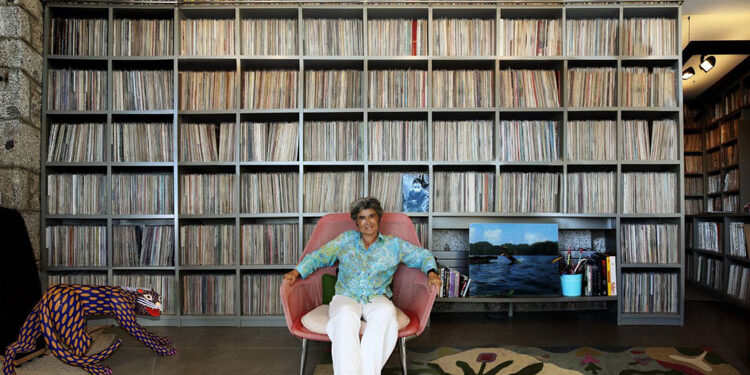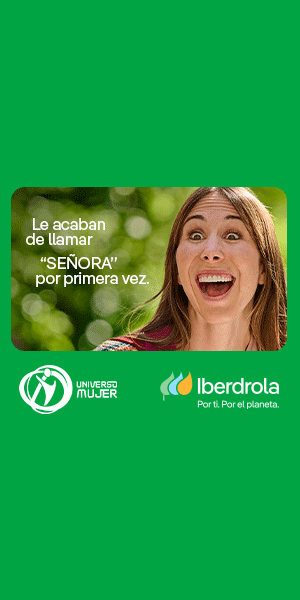Casa América will be exhibiting from tomorrow to 5 July more than 500 pieces of the Gladys Palmera Collection, with the figure of the Latin woman in the entertainment industry as a major protagonist.
Evolution, empowerment, emancipation and cultural construction through photographs, vinyl records, posters and costumes where music and glamour go hand in hand.
Gladys Palmera is a cultural reference as a great guarantor of Latin and Afro-Caribbean culture and music. His vast collection is an endless exploration of the stories and places from the past that have shaped the present. A part of their treasures will be the protagonists in Latina: Woman, music and glamour in the Gladys Palmera Collection, the largest exhibition to date of the legendary platform created by Alejandra Fierro Eleta.
Latina focuses on the figure of the Latin woman in the entertainment industry through a set of more than five hundred pieces. From one of the banana skirts of Josephine Baker or a dress of Celia Cruz to studio photographs of great artists through film posters, record covers among other objects, which highlight the role of singers, actresses and latin dancers.
Lupe Vélez, Dolores del Río, Rita Montaner, María Félix, Ninón Sevilla, Yma Sumac, Iris Chacón, Angela Bofill, La Lupe, Violeta Parra, Mercedes Sosa, Chavela Vargas or Chabuca Granda, among many others, they are icons that have marked the way through their art and personality and that have prominence and presence in Latina.
The exhibition offers a unique tour that shows the history of the Latin woman and her image in the music and entertainment industry, allowing the visitor to explore different stages of her public image. Moments of glamour and splendor are intertwined with processes of cultural appropriation, exoticisation and hypersexualization of bodies, but also with narratives of leadership, empowerment and emancipation. From the fledgling entertainment industry a century ago to its global expansion in the 1970s and 1980s with Latin divas taking control of their careers in women’s liberation contexts.
The exhibition can be seen in the rooms Frida Kahlo, Torres García and Guayasamín of Casa de América, having its access by the street Marqués del Duero, 2. Free entrance until full capacity.







